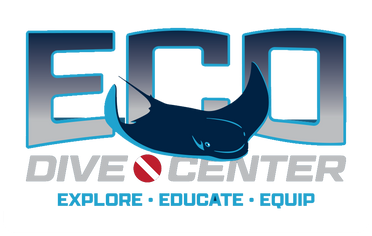What is Trim? Why is it Important?
Posted by Dive Professional: William Taylor on on Nov 11th 2023
Scuba diving is a captivating underwater activity enjoyed by both recreational and technical divers. Among the numerous skills required for a safe and enjoyable dive, achieving proper trim holds paramount importance. Trim refers to the optimal body position and balance underwater, ensuring efficient movement, buoyancy control, and enhanced safety. This paper delves into the significance of trim in both recreational and technical scuba diving, elucidating its benefits, techniques for achieving it, and its impact on diver safety and environmental conservation. Both recreational and technical divers seek to make the most of their underwater experiences while adhering to safety protocols. Trim, which focuses on maintaining a horizontal and balanced body position underwater, plays a crucial role in achieving these objectives.
Importance of Trim in Recreational Scuba Diving
In recreational scuba diving, trim contributes to several key aspects that enhance the overall diving experience. First, proper trim improves buoyancy control. A diver who maintains horizontal orientation reduces the risk of unintentional ascents or descents, making buoyancy adjustments more predictable and controlled. This not only conserves energy but also prevents inadvertent contact with delicate marine life, preserving the underwater environment.
Efficient movement is achieved through proper trim. Horizontal positioning minimizes hydrodynamic drag, allowing divers to glide effortlessly through the water. This not only conserves air consumption but also reduces the disturbance caused to underwater creatures, enabling divers to observe marine life in its natural state.
Trim enhances safety by improving situational awareness. Divers with proper trim can easily observe their surroundings, communicate with fellow divers, and access equipment without compromising their balance. This reduces the likelihood of entanglements and collisions, ensuring a safer dive for all participants.
Achieving Proper Trim
Both recreational and technical divers can employ various techniques to attain and maintain proper trim. Horizontal positioning of the body can be achieved by adjusting the distribution of weights and air within the buoyancy control device (BCD). Divers can also fine-tune their trim by using their fins and weights to control their body orientation, using heavier fins or using gentle kicks to maintain balance.
Trim can also be refined through regular practice and training. Divers can participate in buoyancy control workshops and underwater courses to enhance their skill in maintaining optimal positioning. Video analysis of dives can provide valuable feedback on trim, aiding divers in identifying areas for improvement.
Tim is a fundamental skill that holds immense significance in both recreational and technical scuba diving. Proper trim improves buoyancy control, enhances movement efficiency, and contributes to diver safety. The underwater world's delicate ecosystems benefit from divers' ability to maintain balance and avoid disturbances. As divers strive to explore the depths responsibly and safely, mastering trim remains an essential aspect of their training and experience. Whether for the leisure diver admiring coral reefs or the technical diver penetrating intricate cave systems, achieving and maintaining optimal trim elevates the entire scuba diving experience.

